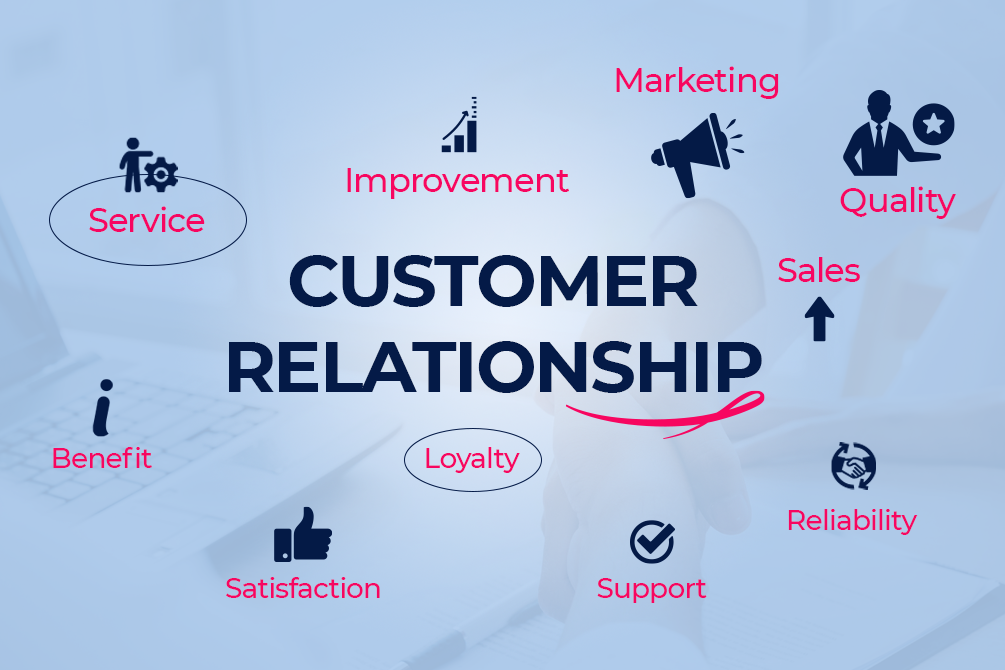In simple terms, customer loyalty is the customer’s inclination to buy from a specific company on a steady basis. Loyalty stems from many aspects. Mostly, it roots from the customers’ favorable experiences with brands. These experiences define the likelihood of customers making repeat purchases with the respective brands.
For most companies, the average customer loyalty rate is below 20%. But this 20% of the audience provides up to 65% of the total sales revenue. Since it is 7x times easier to retain a customer than acquire a new one, if you focus more on existing customers, they’ll keep your business afloat. A study proves that 93% of customers are likely to make repeat purchases with brands offering outstanding customer service.
Hence, customer loyalty in businesses matters, regardless of what business you have, especially in an over-saturated marketplace like Ecommerce. E-store owners are trying to get ahead through digital marketing and drive new traffic to their sites. In such a scenario, a cordial customer relationship is the only cutting edge that will give you a competitive advantage.
A marketing expert, Paulo Claussen, coined a mnemonic called “The Three Rs” to help brands build customer loyalty in businesses. The three Rs – Rewards, Relevance, and Recognition help brands understand key elements of strong and effective loyalty programs. All the methods and strategies to increase customer loyalty revolve around these three terms.
In this guide, we are going to discuss some connecting tips to forge meaningful relationships with customers based on these three Rs. Let us begin. Let’s answer the following questions one by one: “How to build customer loyalty?”
- Give Customers a Rationale behind Staying Loyal
- Understanding and Analyzing the Buyer’s Persona
- Improve Customer Loyalty Through Feedback
- Outstanding Customer Communication for The Win
- Customer Loyalty Programs
- Building Customer Loyalty through Personalized Content
- Customer Service: A Personalized Experience to Improve Customer Loyalty
- Improve Customer Loyalty Through Corporate Social Responsibility
1. Give Customers a Rationale behind Staying Loyal
At the core of a loyal customer relationship lies an emotional association. Customers are tired of having products and services foisted at them by companies whose primary focus is only sales. Ergo, it is imperative for businesses to find mediums to attach to their customers emotionally. Give them multiple reasons to stay loyal to your brand! Here are three tips to do so:
I. To Discount or Not to Discount?
It is an age-old question: whether it is a good strategy to discount products. You may think that providing hugely discounted products lure more customer attention. However, it is not completely lucrative. A well-calculated discount may bring in more customers but a highly discounted price may also dilute your brand image – particularly for ‘high-end products. Here’s the answer:
Virtues
Every time you tell customers that they can save money, you’re more likely to get their attention. In a way, it helps your business increase sales. A well-calculated discount may also bring you a good brand reputation and eventually bring success. If you are targeting a pool of customers who are looking for low-cost products, nothing can drive them more towards your store than discounts. It can start a chain of new customers coming to your sites to avail of vast discounts. Hence, improve your customer loyalty percentage.
Shortcomings
Lower cost services can be a start of a dark, downward turn that will force you to keep the prices low. And before you know it, you’ll be in a hole too deep to get out of. As a result, you may need other quick adjustments to balance the cash shortfall.
You might have to reduce the efficiency of your delivery services, lower your client aftercare revenue, or even strip some features away. This can damage the quality and integrity of your business. Think of it from a client’s perspective. What will they think of your brand when they find out that you’re cutting corners? Besides, these days customers are quick to condemn sub-standard products. Some of them even do it publicly, which may amplify through social media. This could be a serious dent in your reputation as well as revenue. Hence, vast discounts may not always increase customer loyalty.
Big discounts have their upsides and downsides. Surely, it’ll get you a great amount of customer attention, but in the long run, incredible discounts are not that effective. Sometimes it may harm your business reputation rather than build it. Hence it is crucial to plan your discounts mindfully. A believable and lucratively calculated discount never hurt anybody.
II. Unique Selling Proposition
The foundation for an effective customer retention strategy is the company’s unique selling proposition. It is the most basic element, yet most brands often overlook it. This is the reason why so many products go unnoticed despite the perfect marketing push. You want your product to shine? USP is the answer!
USPs offer a clear benefit. If you have a well-defined USP, your target audience will learn to appreciate it for that particular aspect. Otherwise, that customer base will simply go for other options that offer the lowest price, regardless of all the product benefits you offer. A ‘killer’ USP communicates to the audience in a way that makes your brand image better and more special than the rest. And why would someone not prefer to buy such a product?
Example: FedEx
In 1973, FedEx started specializing in overnight air shipping in the United States. Although at that time DHL had already been delivering overnight outside the US, it would only be a matter of time before DHL would become the go-to destination for overnight shipping in the US.
But, in 1978, FedEx came up with a powerful USP: “When it absolutely, positively has to be there overnight, choose FedEx.” Even though DHL was first-to-market, FedEx was first-to-position its brand.
Today, FedEx is known for its services in almost all parts of the world. Even today they run many customer loyalty programs such as FedEx student offer, FedEx online discount, and so on.
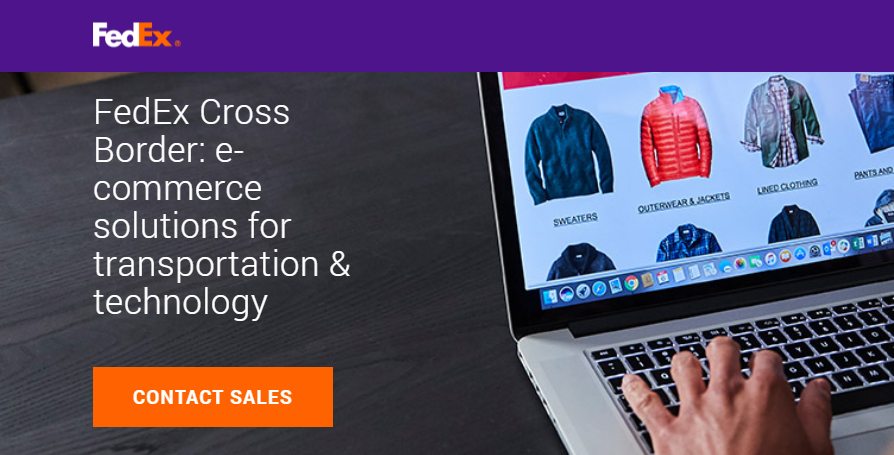
Hence you must formulate your acquisition policies that revolve around your product’s USP rather than just based on quantity or discounts. One of the most flourishing USPs that immediately catches the customer’s eye is the product customization feature. Let’s have a look at it.
III. Custom Merchandise = Customer Loyalty
The best way to improve customer loyalty is by providing customers exactly what they want. It creates a unique experience for customers and brings them back to your store every time they want something new. By enabling customers to design their products visually, you can benefit in many ways. It can transform your brand’s ethos into tangible items that your customers can see, touch, and feel before they make a purchase.
The idea that the product goes from something to buy to something created makes it more valuable to the customers. It makes the product instantly shareable on social media. Ergo, free publicity! All this, for very little or no additional cost. Product customization also helps your customers evolve into brand ambassadors. As they carry your products around the world with them, visibility also increases.
Hence, you can easily reach a wider audience, increase customer loyalty, and get wide-reaching word-of-mouth advertising. So, if you’re thinking of adopting a product customization tool, make an announcement already or just say thank you, because we have the perfect tool for you.
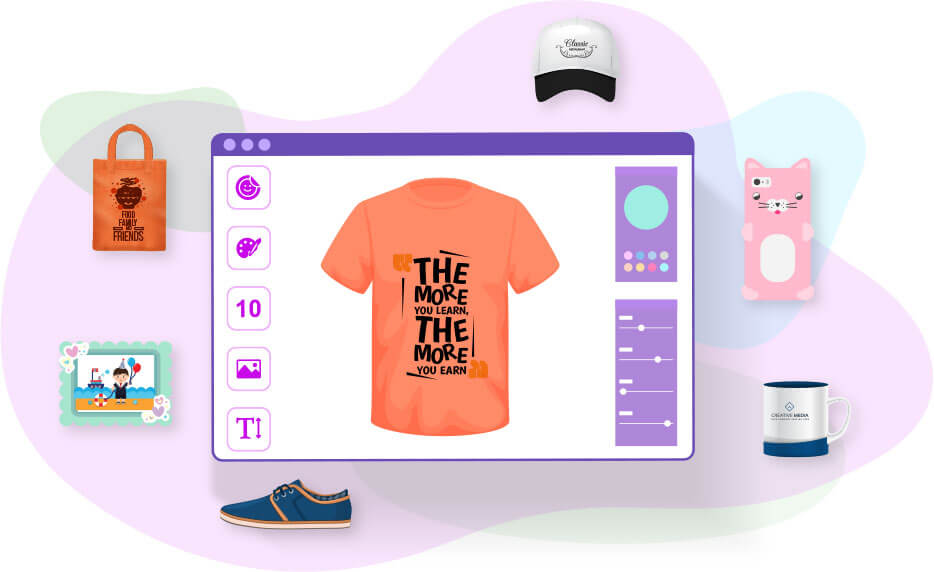
PrintXpand provides a fully-flexible and efficient online product design tool. It understands your business feasibility and provides a custom UI for you to control where your end-users can customize. Click the link below to get an overview of the features and functionalities of the tool.
2. Understanding and Analyzing the Buyer Persona
Knowingly or unknowingly, every consumer follows their own set of buying patterns. Buying patterns are important to recognize, analyze, understand, and potentially expand the target audience. It also helps you identify customers who’ll provide higher lifetime value to your business.
Businesses that are successfully able to identify and track these patterns, rule the marketplace!
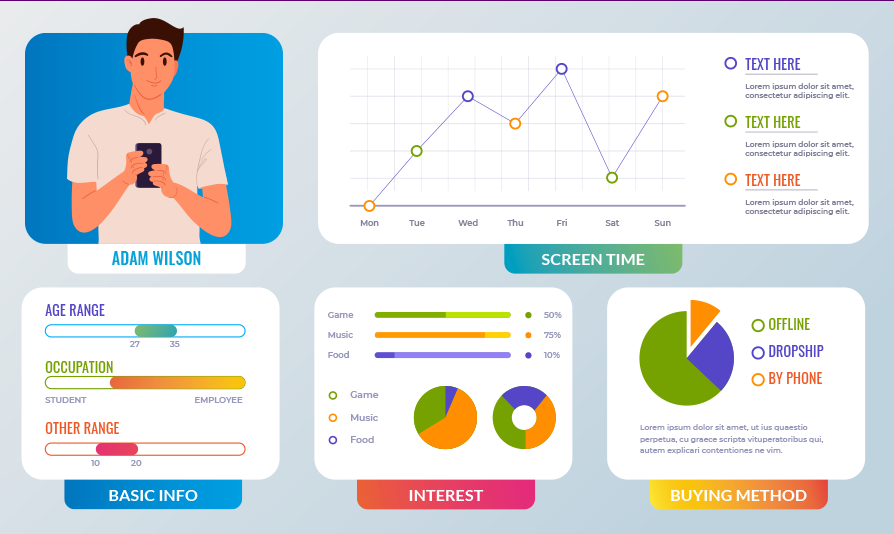
Here are some tools that you can use to identify and analyze customer buying patterns for your business:
I. Google Analytics
Google Analytics provides an in-depth view of consumer behavior on your website. It analyzes the traffic and user demographics to tell you how customers are interacting with your website. It also helps you establish basic behavior patterns or new behaviors indicating breaks in the patterns.
II. Facebook Audience Insights
Understanding how your audience behaves on social media is important. In order to entice the customers to make a purchase, businesses must know how to optimize their social media content. Social media promotion helps businesses in building customer loyalty.
If you have a set audience active on your Facebook page, the Facebook Insights feature is a must-have. It provides actionable insights about audience behavior patterns, reach, and type of audience (age group, gender, location, and so on).
III. HubSpot CRM
HubSpot offers free CRM tools for businesses to help them align their sales, marketing, and customer service teams. It provides a natural, seamless place to track customer behavior data and detailed buying patterns. All you need to do is link your CRM to your ecommerce platform. It allows you to track customer purchases, purchase frequency, timing, customer journey, and more. All you have to do is diligently track your data collection.
3. Improve Customer Loyalty Through Feedback
“Ask your customers to be part of the solution, and don’t view them as part of the problem.”
– Alan Weiss, Author, Million Dollar Consulting
77% of consumers say that they favor companies or brands that ask for and accept customer feedback. So, if you want your customers to be loyal to your brand, listen to them. Let them know that they’re heard from the very beginning.
Customer feedback is the easiest way to do so. utilizing customer feedback tools. Feedback from every customer is important, be it a repeat customer or a new one. Here are some important tips for building customer loyalty through feedback:
- Ask relevant questions. Ask them about their problems while interacting with your brand. Ask them what, in their opinion, you can do to make their experience better.
- Act upon the feedback received. Collecting the feedback is only step one, how you act upon it will decide your customer loyalty percentage. Take the customer criticism in a constructive manner and try to bring a solution that can benefit both parties.
- Once you’re done fixing their problems, inform the respective customers by sending personalized emails and notifications. It’s a great way to signify that you’re not only reading their feedback but also acting on it.
Market research and customer feedback are the two aspects that help businesses reach more compelling outcomes and build customer loyalty. You need to choose the perfect market research tool for your business and ask the right questions to get feedback.
4. Outstanding Customer Communication for The Win
Customer communication is an essential aspect of every business. If not taken seriously, it may result in losing customers like water from a leaky bucket. Whereas, good contact with new customers increases the chance of turning them into life-long buyers.
Needless to say, without a proper communication medium, you really do not have a business. Hence, the next step in building customer loyalty would be to select the best communication channel. Different communication channels yield different results. The choice must depend on the level of interaction you want to offer.
Face-to-face communication provides instant rapport and a deeper semantic business relationship. But it can cause problems if your inquiries outnumber your staff. Phone and email are the most common communication medium. You can also integrate chatbots to your website so that customers can ask their queries right when they visit your website.
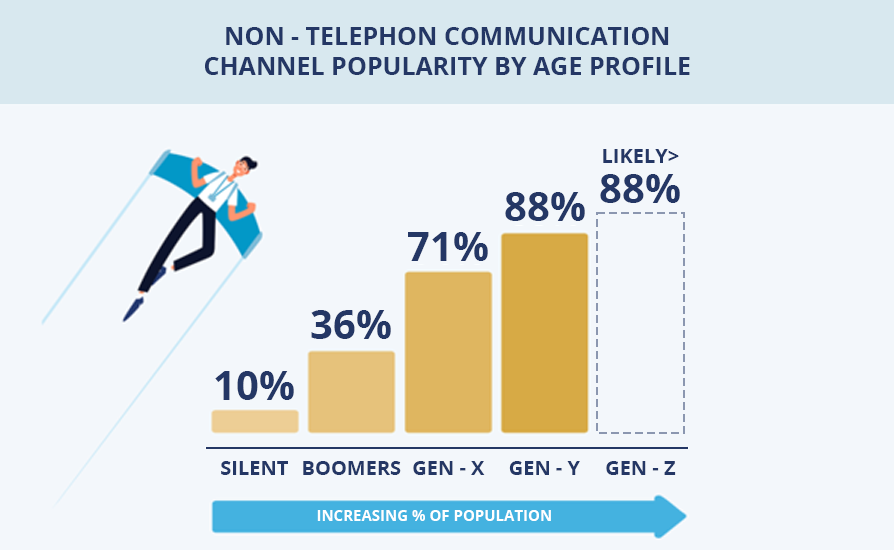
(Source)
The newest buyers in the e-commerce market, the gen-Zs represent around 46% of the entire consumer spending in 2020. Hence, the methods they choose to communicate matter a lot. Gen-Zs spend an average of 6 hours every day online on popular social media channels such as Twitter, Facebook, and Instagram. This makes social media channels a must-have.
Other than that, if you are addressing a much wider audience, you may want to look into developing a knowledge base. Here, you can add answers to all the common questions and queries. You can also keep track of your customer queries on various consumer forums. The more ways you offer your customers to interact with you, the better.
5. Customer Loyalty Programs
A customer loyalty program is a marketing strategy that rewards regular customers who frequently engage with the brand. This strategy runs on the psychology that “the more loyal the customers, the more benefits they get”. This builds a cycle of purchase from the existing customers. Let’s have a look at some of these programs.
I. The Points Program
It focuses on the principle that every time a customer makes a purchase, they receive a certain number of points. These points purely depend on how much they spend. The more they spend, the more points they get.
Example: The North Face
They incentivize loyalty members to earn more rewards by offering flexibility in how they can redeem those rewards. They also provide sign-up discounts and offers.
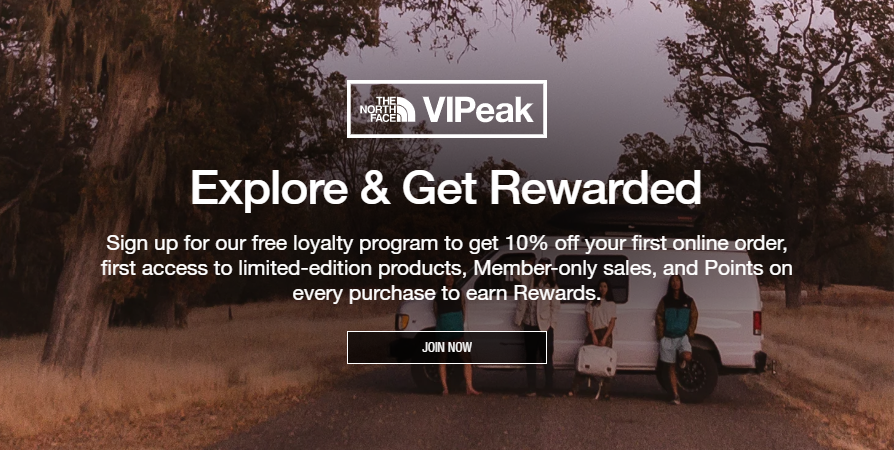
II. The Tier Program
This program is generally based on levels of loyalty. The rewards are stage-wise and completely depend on the number of times the customer makes a purchase. The more loyal the customers are to your brand, the greater the rewards.
It is a great way to keep consumers engaged and keep your brand on top of their minds. Further, tiers play on aspects of gamification. The more the customers “play”, the higher level they reach.
To manage and optimize these loyalty programs effectively, businesses can leverage advanced customer loyalty software, a powerful platform that simplifies reward management, tracks customer behavior, and provides valuable data insights.
Example: Starbucks Rewards Programs
Customers simply have to download the My Starbucks app and order in order to earn loyalty points. It also creates a goldmine of customer data on their preferences and behavior.
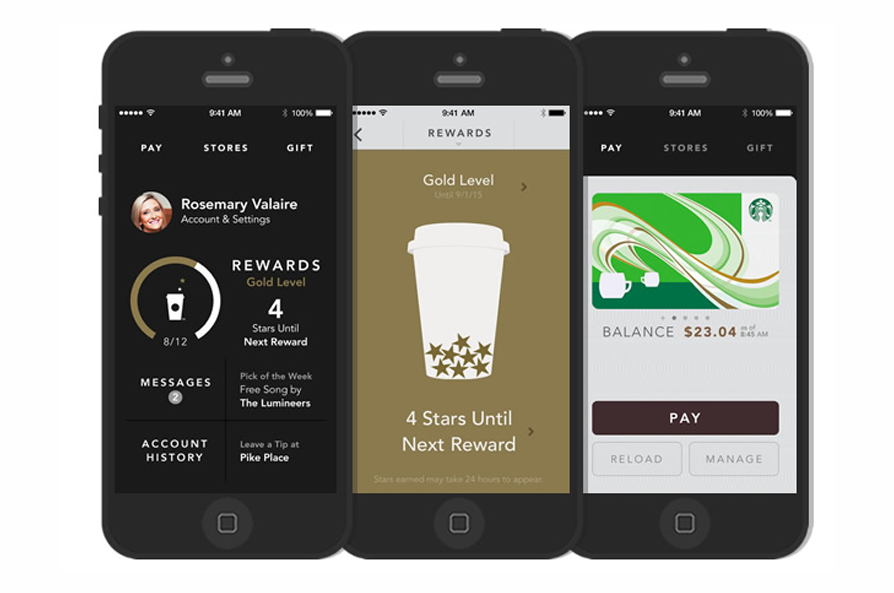
III. The Subscription Program
This is not your traditional loyalty program. It involves customers paying a monthly or annual subscription price upfront before they benefit from it. Subscription loyalty programs increase customer lifetime value.
Reports state that over the past five years the subscription e-commerce market has grown by more than 100% per year. Subscription programs ensure that they meet customer needs at every touchpoint throughout their journey.
Example: Amazon Prime
Amazon offers multiple benefits to its prime members. They receive transactional benefits like fast, free shipping and experiential benefits like Prime Video.
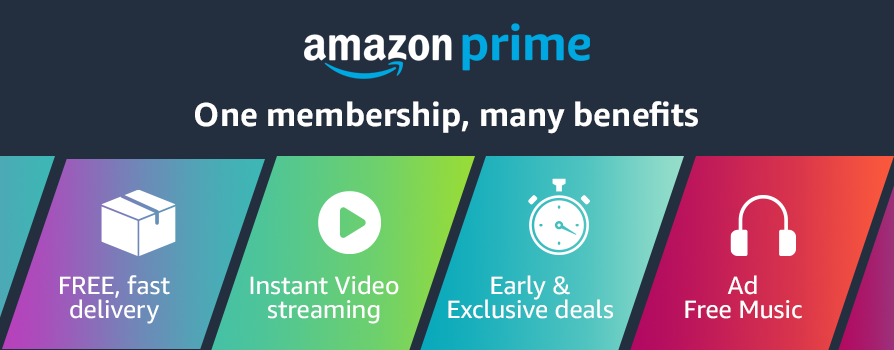
6. Building Customer Loyalty through Personalized Content
Personalized emails, notifications and messages are crucial to increase customer loyalty. Companies must strive to practice this as customers feel more valued. Admittedly, it is easier said than done.
Ask them to enter their birthdates, email addresses and so on when they sign-up to buy your products. Use this information to send them a “happy birthday” & other such personalized emails. You can also offer a certain discount for their special day. Implement trigger-based email and notification programs, to automatically send birthday emails and discounts during a customer’s birthday month.
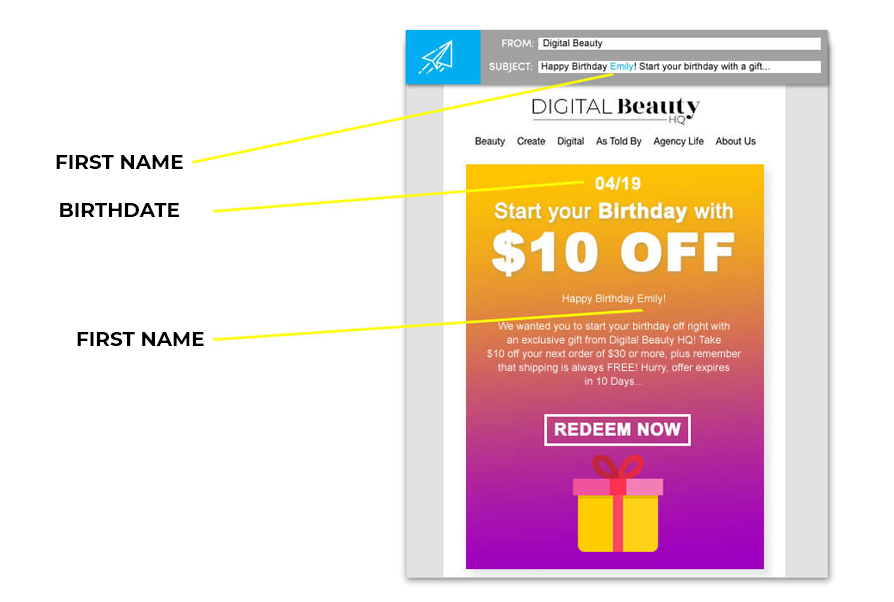
(Source)
It is also important to be transparent with your customers about your business. If you’re going through a rough patch with getting shipments out on time, let them know immediately through a personalized message. You just released an awesome new product? Send a personalized announcement to all your customers. Let you be the first one to tell them. Offer a beta version to your loyal customers and get their feedback before you release a new product or feature.
7. Customer Service: A Personalized Experience to Improve Customer Loyalty
Gone are the days when customers had to comply with an established service model. Personalized customer services are the new trend. Nowadays, it has become a primary customer expectation. Personalized customer services tailor to customer’s specific needs, and expectations.
Besides, post-purchase customer service is a great way to increase the customer lifetime. This contributes to building brand loyalty. A considerable amount of the organization’s efforts must be towards personalized services.
When customers walk through the door and receive personalized service, they take note. 76% of customers believe that customer service is a representation of how the brand values them. Always be responsive to customers when they try to get in touch. Offer personalized services on a consistent basis. Set the bar so high that no other competitors can catch up. Offering personalized services is easy to understand but it can get difficult to implement. Here are some ideas to implement it:
I. Get to Know Your Customers by Name
There is a reason why companies like Starbucks put so much emphasis on knowing, serving, and calling their customers by name. As simple it may sound, this gesture makes a major impact in building trust and relationships.
Researchers observe major brain activation in consumers’ heads on hearing their own name. Nobody would bother to open an email starting with “dear customer” or “dear user”. Instead, if you address them by their first name, they feel more valued.
II. Reward Customers for Valuable Feedback
Encourage customers to fill feedback forms to share their good and bad experiences. This can help you improve your procedures and customer satisfaction rate. Consider rewarding customers for providing feedback. You can also send them some reward points for filling in the feedback. Send them personalized emails thanking them for their time and effort.
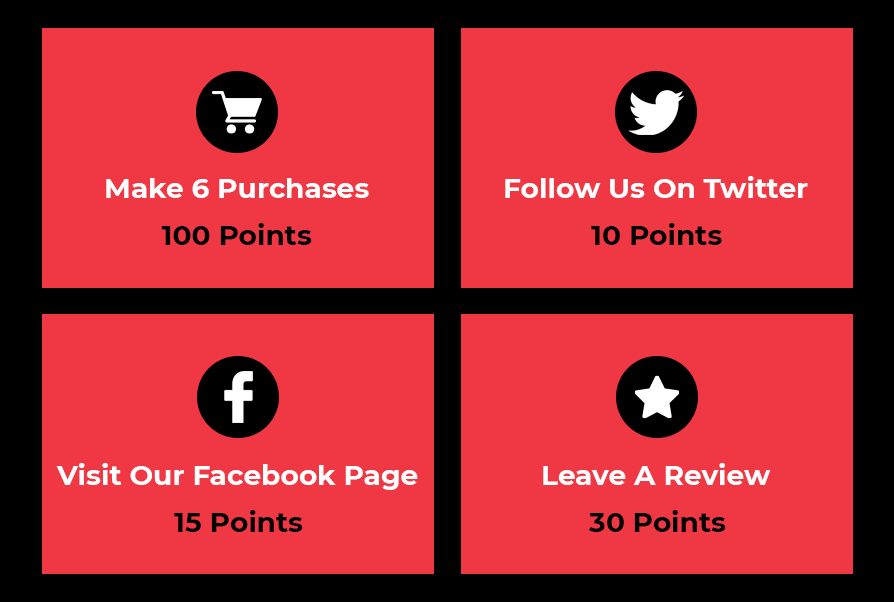
III. Put Customers on Spotlight
Feature your regular customers each month on your social media platforms and website. It’s the easiest way of recognizing the faces that make your business successful. Snap their pictures and post their experiences and reviews on your social.
8. Improve Customer Loyalty Through Corporate Social Responsibility
For consumers, a company’s corporate responsibility is just as important as its customer service, and quality of the product. Nearly 90% of consumers choose who they shop from based on the issues that the brands stand up for.
You must be wondering how does corporate social responsibility fit in with a brand building customer loyalty? Well, it is more important than any other customer retention strategy! Let’s find out how.
Customer loyalty is all about emotional connection. Customers who feel an emotional connection with brands hold a 306% higher lifetime value. Building this type of customer relationship is not possible through general advertising. Brands need a cause.
Here we’re referring to not just no-plastic bag initiatives or reusable mugs initiatives. That is the bare minimum. We are talking about finding a potentially worthy cause that aligns with both your brand’s and customers’ values. Once you’ve found your cause, the next step would be to brainstorm creative ideas to implement to your reward programs.
Brands that make an effort to educate customers on a cause have higher chances to increase customer loyalty. Hence you need to find a cause where your brand can make a real difference i.e., beyond just cash donations or rewards. Let’s look at similar examples.
Levi’s Water< Less Campaign
An average pair of jeans takes about 1500 liters of water to be made. In 2011 Levi’s launched the Water< Less collection of jeans saving several liters of water during production. It saves upto 96% of the water used for denim finishing alone. The campaign also implores customers to wash their denim a little less often and offer sustainable alternatives. They offer various water-saving tips and tricks in a larger context.
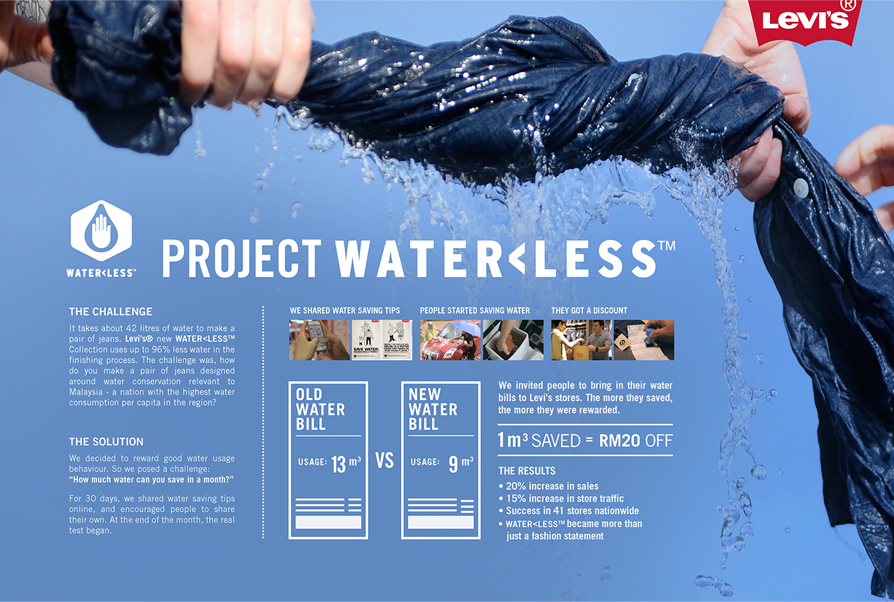
H&M’s Annual Sustainability Report
Global fashion chain H&M uses complete transparency as a customer retention tool. Every year the company releases an annual sustainability report. The report contains details of their sustainable practices, goals, and progress. Anyone can download it and read it as they please. They also offer a 15% discount on H&M products to customers who bring in old, unwanted clothing to recycle.
So, these were the eight most important strategies to increase customer loyalty. Considering all the above information; we now know the importance of customer loyalty in businesses. Nowadays, brands stand for more than just their products and customers know it! Following these tips is key to ensuring a notable customer experience. Leaving a good impression will help make customers happy, spread positive reviews, and ultimately strengthen customer loyalty towards your brand.
PrintXpand believes in ideas that benefit our customers and the world. We are a W2P solutions provider that specializes in web-to-print products. In the course of 14+ years, we have touched the lives of 70+ clients worldwide in the web-to-print space. Our goal is to provide web-to-print products that are efficient, easy to manage, and light on the pocket. We are experts in niche-based strategizing of products in the ecommerce marketplace. If you need any help in building customer loyalty strategies, marketing and monetization strategies, product strategies, and so on, we’re just a click away.
Talk to our experts now!
All product and company names are trademarks™, registered® or copyright© trademarks of their respective holders. Use of them does not imply any affiliation with or endorsement by them.
